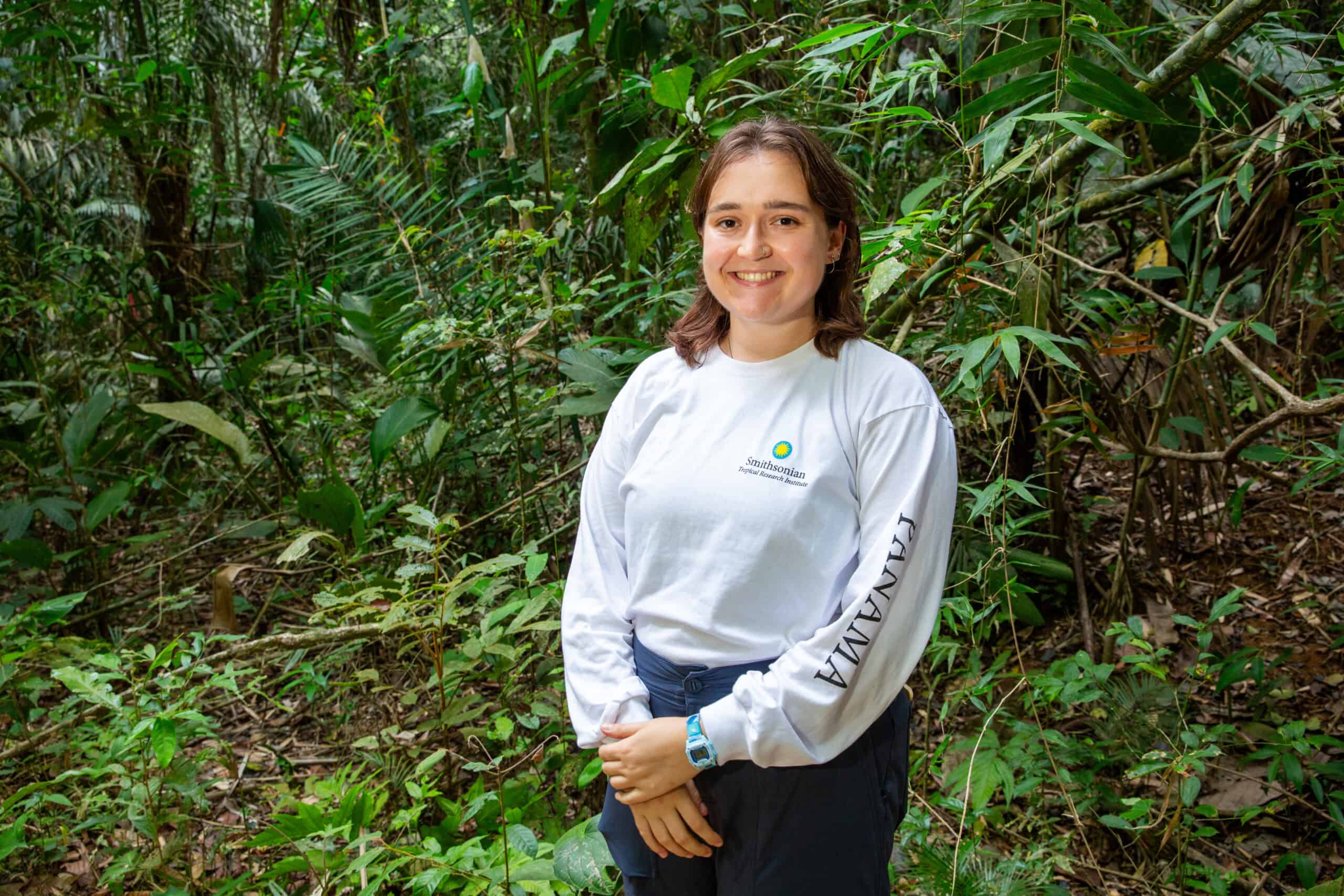Share this article
TWS Position Statement: Trapping Furbearers
Back to Position Statements page
Regulated2 trapping can be an effective and ecologically sound practice of selectively taking furbearers1. Regulated trapping in North America is consistent with internationally accepted principles of natural resource conservation stipulating the maintenance of essential ecological processes, preservation of genetic diversity, and the continued existence of species and ecosystems. When consistent with the Best Management Practices (BMPs)3 developed under the auspices of the Association of Fish and Wildlife Agencies, and the Agreement on International Humane Trapping Standards (AIHTSs)4 in Canada, the practice meets strict performance and animal welfare criteria.
Lethal and non-lethal trapping is a key technique used in wildlife research and management. Regulated trapping enables wildlife professionals to collect biological information about furbearer population status and re-establish or augment populations of furbearers. Regulated trapping is a primary tool of furbearer damage programs and may be used when the safety of the public is at risk or when threatened and endangered species benefit from furbearer removal.
Regulated trapping by licensed members of the public provide an important connection to nature, development of personal skills, increased appreciation and knowledge of wildlife, and an outdoor lifestyle for those citizens through sustainable use of natural resources. Regulated trapping is a vital component to the subsistence and self-sufficiency of some people in North America.
Wildlife professionals need to inform the public and address the diversity of values among the public by being educated on the advancements in trapping furbearers and incorporating the latest research findings on AIHTSs and BMPs for trapping in regulations, practice, and enforcement.
The Wildlife Society has adopted this standing position statement to underscore contemporary needs associated with the continuation of regulated trapping as a wildlife management and research tool and component of responsible public use of wildlife.
The policy of The Wildlife Society, with respect to regulated furbearer trapping, is to:
- Recognize that furbearer trapping, when properly regulated following biological principles for sustainable harvest of wildlife species, is an appropriate public use of wildlife resources and an effective method of sustainably managing and studying wildlife populations.
- Recognize that regulated trapping of furbearers provides benefits including reduced human-wildlife conflicts, management of wildlife disease outbreaks, control of invasive species, protection and restoration of species, ecological knowledge, and a connection to nature.
- Support the appropriate regulation of regulated trapping and enforcement of trapping laws by public and indigenous agencies. Such enforcement is necessary to help maintain viable furbearer populations and management programs that are compatible with or enhance the management of other wildlife species, including threatened and endangered wildlife.
- Oppose unregulated trapping.
- Promote BMPs for regulated trapping developed under the auspices of the Association of Fish and Wildlife Agencies and AIHTS in Canada. Encourage wildlife agencies to continue to refine and use AIHTS standards and BMPs for regulated trapping in furbearer management, trapper education, and public outreach programs.
- Encourage trapper education programs that emphasize trapper ethics and responsible behavior, appropriate trapping techniques and BMPs, proper fur handling, and principles of furbearer management.
- Encourage research on furbearer biology, trapping methods, harvest and furbearer demographics, behavior and attitudes of trappers, wildlife professionals, and the public toward regulated trapping that will inform wildlife managers, policy makers, and the public in making decisions for managing furbearers.
- Encourage global efforts to improve furbearer conservation and management, including the use and adoption of the trapping BMPs for capturing furbearers, and the training of trappers, trapper education instructors, professional biologists and conservation officers on science-based developments in furbearer management.
- Promote programs that inform the public, including trappers, about trapping BMPs, regulated trapping, and the values and benefits of properly regulated, sustained use of wildlife resources.
Approved by The Wildlife Society Council on July 6, 2020.
Trapping Furbearers Position Statement pdf
Footnotes:
- [1] Herein, “furbearers” refers to animals trapped primarily for the value of their fur.
- [2] “Regulated” trapping refers to a legal regime that controls trapping methods, seasons, level of removal, and enforcement under federal, state, provincial, or indigenous law/regulations or both.
- [3] See: https://www.fishwildlife.org/application/files/5015/2104/8473/Introduction_comp.pdf
- [4] See: https://fur.ca/fur-trapping/humane-trapping-standards-and-animal-welfare/








